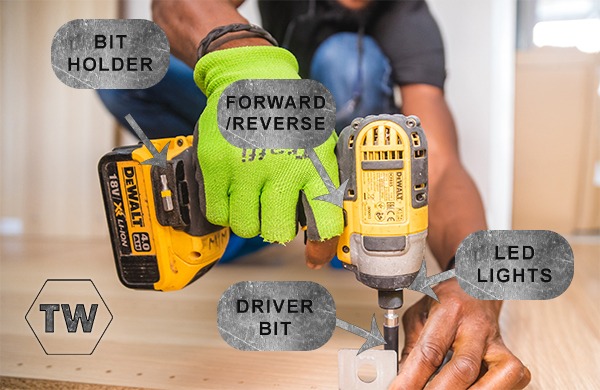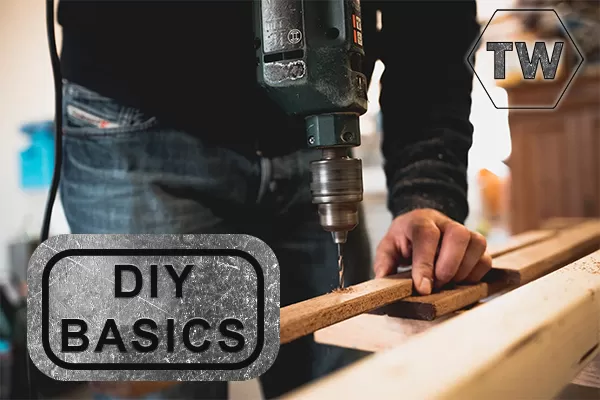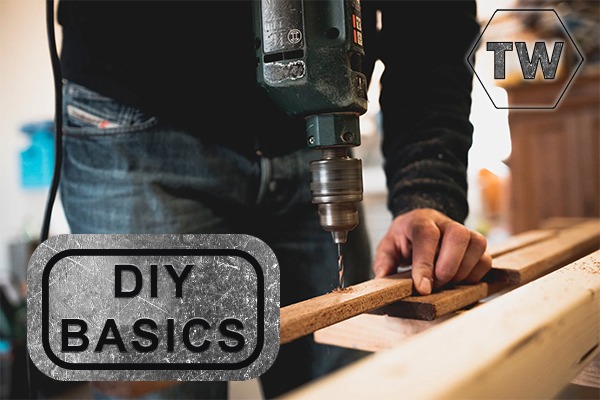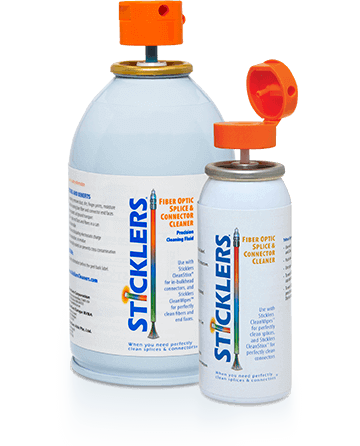

At TW Tools we believe that every household should own at least one good drill. A good power drill can simplify hundreds of household projects, from installing shelves to hanging blinds and assembling furniture – all the things that help make a house a home.
In this article we have put together the basic information you need to confidently use a drill and its features so you can jump straight into your next project without hesitation.
The Forward/Reverse Switch
All power drills have both a forward (clockwise) and reverse (counter-clockwise) switch, which is usually on the top side of the drill placed directly above the trigger. You can use the reverse mode to quickly remove screws and fixings or after drilling you can set the switch to reverse to help the drill bit to come out of the hole more easily.
The Bit Holder
Many drills have an onboard bit holder which is usually a magnetic block or strip at the top of the drill or just below the handle by the battery. This bit holder saves you time and hassle making sure the bits that your need are always accessible.
The LED Light
Some drills have built-in LED lights to illuminate the area your are directly working on. Perfect for working in those tight and dark areas.
Speed Control
Most drills have a speed control switch to control how fast the drill spins. Hows fast you need your drill to spin can depend on factors such as the size of the hole you need to drill. Using a high speed is ideal for drilling smaller holes, whereas using a lower speed is preferable for high torque applications like drilling large holes.
Drilling or Driving?
Drilling is simply making a hole and driving is securing a screw or another fastener. You can use a drill for both jobs.
The Clutch
Drills have a clutch mechanism to adjust the drills torque. Drills are available with both manual and automatic clutches. Most manual clutch drills have a numbered dial which makes the torque adjustment very simple. You should use a lower number (less torque) for softer materials such as drywall or when you want more control on how deep the screw goes. You should user a higher number (higher torque) when using harder materials such as hard wood or when you want a screw flush or countersunk. When you are not driving you simply leave the dial on drill mode.
The Chuck
The chuck is the 3 point clamp that holds the drill bit securely in place. Most power drills have keyless chucks which are tightened by hand whereas, some drills come with a small key to tighten the chuck. Turning clockwise will tighten the chuck and hold the bit in place; a counterclockwise turn will release the bit.
Cordless or Corded
Cordless drills are battery powered and can be used anywhere making them especially convenient to use because you are not tethered to a specific work space. Corded drills have restricted maneuverability due to the length of the cable but are an excellent choice when it comes to runtime and increased power for large projects.
Buy the Makita Combi Drill Kit (HP333DWAE 12Vmax CXT) at TWTools.co.uk
This Combi Power Drill kit from Makita is perfect for both professionals and home DIY enthusiasts.
At only £102.00 it is a steal including 2 x 2.0ah batteries allowing you to use 1 battery while charging the other with the 12vmax charger that also comes with the kit.
Not to mention the sturdy and hard wearing carry case to keep your drill and accessories safe.





